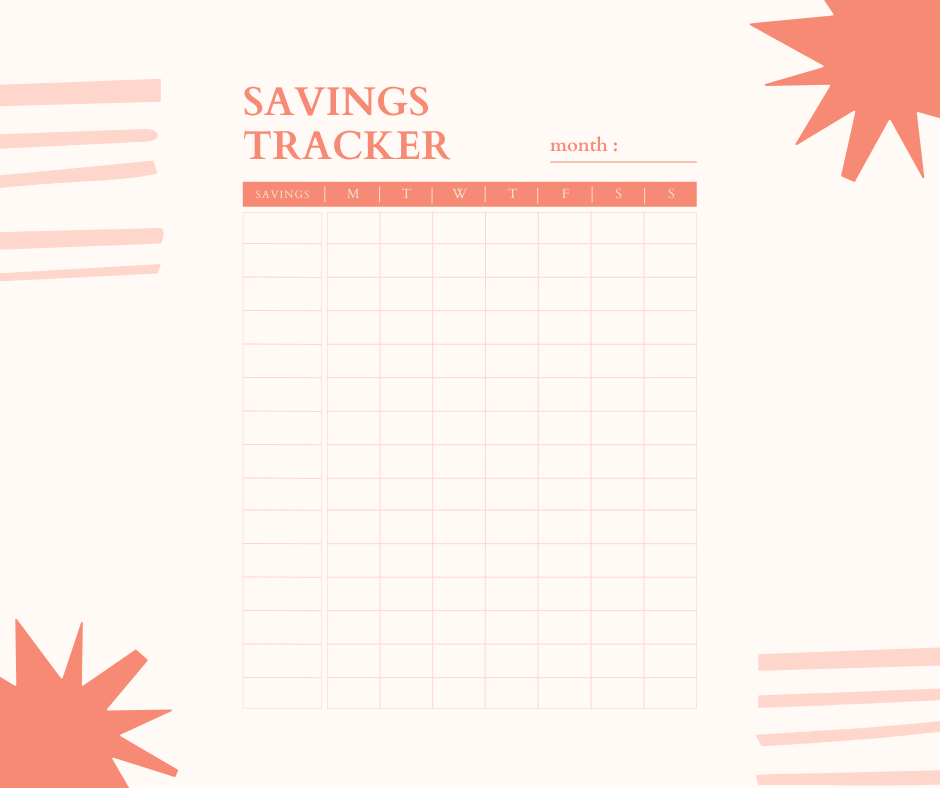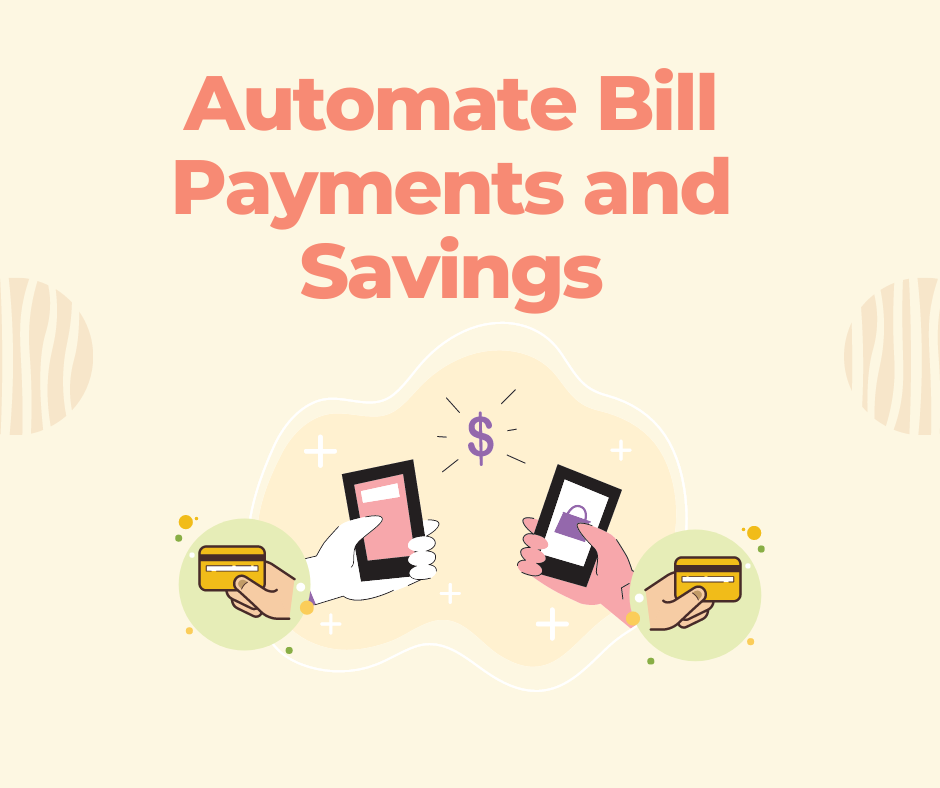Do you find it hard to stay on top of your finances and follow a budget? Are you easily overwhelmed by numbers? Maybe you prefer to leave your finances to your Accountant. If that sounds like you, you’re not alone.
Most people find it difficult to create and stick to a budget. They find it hard to stay on top of their finances, which often leads to overspending. This can be a vicious cycle that’s hard to break out of.
But it doesn’t have to be this way. Creating a budget can be easy and painless if you know how to do it correctly. Once you get the hang of it, you may even find it liberating. Having a budget can help you take control of your finances and give you a clear picture of where your money is going. It will help you keep track of your spending and move you toward your financial goals. With a little bit of effort, you’ll master it in no time.
Here are five easy steps to creating a budget that you can stick to:
Determine Your Income and Expenses

The first step in creating a budget is to figure out how much money you have coming in and going out each month. This will give you a better idea of where your money is going and where you may be able to cut back.
Plus, it will help you to figure out your net income. This is important as net income is the amount of money that you have left over after all your expenses have been taken care of. So essentially, it is the actual amount that you have available to spend.
Start by writing down all your income. This includes all money that comes in, such as your salary, investments, and side hustles. Then, list all your expenses. This includes everything from your mortgage or rent payments to your grocery bills and travel costs.
A good idea is to look through your bank statements from the past few months. This will help you to categorize your expenses into different groups, such as housing, food, transportation, utilities, debt payments, savings, and miscellaneous. Once you have a good understanding of your spending patterns, you can begin to make adjustments to ensure your budget is realistic.
Make sure that you are writing things down so that you can visually see the numbers and have a thorough understanding of what is going on with your money. It doesn’t matter if you want to track it on your computer or good old-fashioned pen to paper, the point is that you have it in front of you so you can look at it.
Personally, I like to use Airtable. It has become my go-to software for tracking everything to do with money.
Airtable is a software application that helps you to track data and collaborate with others. It allows you to create tables and charts that help you to visualize your data. It is especially helpful for tracking finances. You can also use Microsoft Excel or a Google Sheet for tracking.
Start by creating two columns, one for income and one for expenses. At the top of the expense column, label it “Fixed” and “Variable.” Your fixed expenses are things like your mortgage or rent, car payment, student loan payments, etc. These are costs that you have to pay every month and typically don’t fluctuate too much. Your variable expenses are things like food, gas, entertainment, etc. These costs can fluctuate from month to month.
Create a Spending Plan
One of the main reasons people fail at budgeting is because they are not realistic about their spending habits.
Savings Blogger
After you have a good understanding of your income and expenses, you can begin to create a spending plan. This will help you make sure your spending aligns with your financial goals.
One of the main reasons people fail at budgeting is because they are not realistic about their spending habits. They try to cut back too much too quickly and end up getting frustrated.
If you’ve never been good at sticking to a budget, don’t try to make drastic changes all at once. Start small and work your way up. For example, if you typically spend $100 on eating out each month, try to cut back to $80 the first month. Then $60 the next month, and so on.
To create a spending plan, you need to allocate a certain amount of money to each category of expenses. Make sure that you are realistic in your allocations and that you leave some room for unexpected expenses. For example, you may want to allocate $200 for groceries, $100 for transportation, $50 for entertainment, etc.
Once you have allocated an amount for each expense, add up all the expenses to make sure that they are less than your income. If they are more, you will need to make some adjustments.
You may also want to consider creating a savings plan. This is especially important if you have debt or other financial goals that you are trying to achieve. Make sure to allocate a portion of your income to your savings so that you can make progress on your goals.
Track Your Progress and Adjust as Needed

Once you’ve created your budget, it is important to track your progress. This will help you to see where you are spending your money and whether or not you are sticking to your budget.
There are several ways that you can track your progress. You can use a software application like Airtable or Microsoft Excel. Other personal finance software that comes to mind is Mint and YNAB, both excellent choices as well. You can also use a simple notebook or create a chart on a piece of paper.
The important thing is that you are tracking your progress so that you can make adjustments to your budget as needed. Find a method that works for you and make sure you are consistent with it.
Record everything up to the last cent. If you think that you have overspent in a particular category, figure out where you can cut back the next month. Maybe you can cook at home more often or take public transportation instead of driving.
On the other hand, if you find that you came in under budget, congratulations! You may consider using that extra money to boost your savings or pay down debt.
The key here is knowing how much you are spending; how much you have allocated for each of your categories and making sure that you are sticking to those numbers. And if one month comes in short in one area then you adjust for it the next. This way you are still sticking to the budget with some wiggle room.
The reason why most people are not able to stick to their budget is that they are too restrictive. If you are always saying no to yourself then it is only a matter of time before you give up on the budget altogether. But if you allow yourself some flexibility, you will be more likely to stick to it in the long run.
Set Realistic Financial Goals
Setting financial goals is imperative to having a clear idea of what you are trying to achieve with your budget. Do you want to save for a down payment on a house? Pay off your credit card debt? Or build an emergency fund? Having specific goals in mind will help you make wise financial decisions and help you stick to your budget.
To set realistic financial goals, start by evaluating your current financial situation. Take a look at your income, debts, and expenses. This will give you a good starting point for setting your goals.
Once you have a clear idea of your present situation, you can start setting some specific financial goals. Make sure to set both short-term and long-term goals. And be sure to make your goals realistic and achievable.
For example, if you have a $5,000 credit card debt, paying it off in one month is most likely unrealistic. Therefore, you need to set a goal that you can manage. Is $500 a month doable? If so, then build that into your budget.
When you are creating your financial goals always make sure that they are achievable.
savings blogger
When you are creating your financial goals always make sure that they are achievable. It’s better to be moving in small steps towards the completion of your goal rather than choking yourself in other areas. And most importantly, when you set realistic goals, you can stick to your budget.
Here are some helpful tips for getting started:
1. Make a list of your financial goals.
2. Determine what you need to do to achieve each goal.
3. Set a deadline for each goal.
4. Create a budget that will allow you to save enough money to reach your goals.
5. Stick to your budget!
Automate Bill Payments and Savings

One of the best ways to make sure you are sticking to your budget is to automate your bill payments. This way, you don’t have to worry about forgetting to pay a bill or spending too much money in a particular category. Automating your bills also helps you avoid late payment fees and penalties.
Another great way to automate your finances is to set up automatic transfers into your savings account. This way, you are automatically saving money each month without having to think about it. And, the more money you can save automatically, the quicker you will be able to reach your financial goals.
Remember the adage “out of sight out of mind”. With automation, you don’t see your money, which means you are less likely to spend it.
If your employer offers direct deposit, you can have a portion of your paycheck automatically deposited into your savings account. Or you can set up a recurring transfer from your checking account to your savings account on the day after you get paid. You can ask your bank to set this up, so you won’t have to think about it each month. The less work you have to do the easier it will be to stick to your budget.
Think of these transfers as another monthly expense that you need to account for in your budget. Once you have allocated all the funds toward your financial goals then you can recalculate your net income. Knowing exactly how much money you have available to spend each month will help you stay on track. Plus of course, eliminate temptation and overspending.
Concluding Thoughts
So, there you have it! Five super easy tips that will help you to create a budget and stick to it.
Creating a budget can be difficult, but it is an important step in getting your financial life organized. To make sure you can stick to your budget, set realistic goals, know your net income, and automate bill payments and savings.
Life is unpredictable. There will always be times when you are forced to overspend. Make sure to plan, be flexible, and adjust as needed.
Don’t get overwhelmed. You can do this. It just requires a little bit of self-discipline and effort. Start small and work your way up. And don’t forget to track your progress so you can see how far you’ve come. You are already on your way to financial success.

